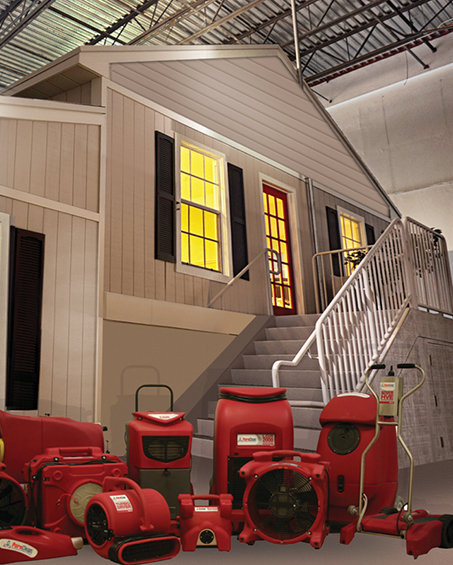
With cooler weather around the corner and heating bills on the way, now is the time to make sure that your home is well sealed from drafts. Do a thorough inspection of your house. If you find drafty places, weather stripping your home is a must. Weather stripping your home can save you as much as 20 percent on your utility bills by preventing heat from escaping. There are many different types of weather stripping, and it’s important to understand the uses and applications of each kind to make sure that you’re not losing precious heat to the winter chill. Here’s what you need to know.
When to Use Weather Stripping
Gaps can form between window or door frames and the structure of your house. Caulking is your best option for sealing these leaks. Caulking is, in fact, the best choice for all immovable components of your home. Weather stripping, on the other hand, is made for sealing the gaps in movable parts such as window sashes and the space beneath your door.
Types of Weather Stripping
Several different materials are available for weather stripping your home. Each has a specific use, and each has its pros and cons. If you understand the differences between them, you’ll be able to make a more informed decision about which type to use for each area in your home.
1. V-Strip
The V-strip, also known as a tension seal, is a good choice for the sides of windows that are double hung or that slide. It’s also a good choice for the tops and the sides of doors. Generally made from aluminum, vinyl, or stainless steel, the V-strip is durable and invisible once it’s in place. On the down side, however, it can cause some resistance when attempting to open windows or doors.
2. Felt
Felt can be made from a variety of materials, including wool and synthetic fibers. It’s a good material to place around your window sashes and door jambs. While it is inexpensive and easy to install, it lasts for only a couple of years and is thus not very durable. It is also visible once applied, and it should not be placed where it will be exposed to moisture or too much friction.
3. Foam Tape
The foam in foam tape can be made from foam, rubber, or PVC. It’s a good sealant for the tops and bottoms of your window sashes, door frames, and attic hatches and around inoperable windows. Like felt, it is inexpensive and easy to install, but it is also visible and should not be used where it’s likely to see a lot of wear.
4. Door Sweep
A door sweep is a very specific item. It is placed at the bottom of a door and is expected to endure a lot of use. A strip of aluminum or stainless steel with a brush of plastic, sponge, or felt, a door sweep is applied to the interior side of a door. It is easy to install but can cause wear on the carpet or other flooring over which it sweeps.
Weather stripping your home can significantly reduce your utility bills by preventing heat from escaping. It is relatively inexpensive and takes only a couple of hours to do by yourself. Some types of weather stripping are better for areas that see traffic and a lot of activity. Other types are better suited to low-impact areas. Some weather stripping is visible and some is not. Knowing what to expect will help you make the best decision when weather stripping each area of your home.



 PuroClean Restoration Specialists
PuroClean Restoration Specialists